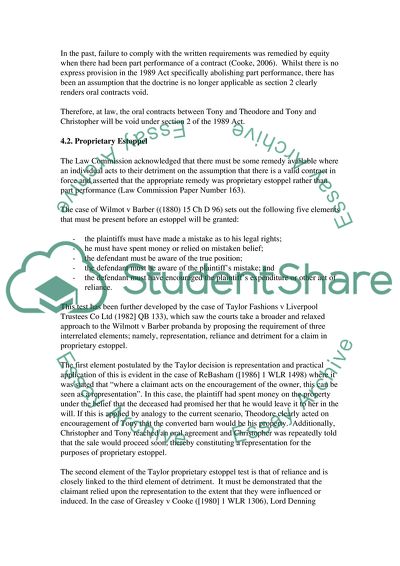Cite this document
(Equity and Trusts: Proprietary Estoppel Assignment, n.d.)
Equity and Trusts: Proprietary Estoppel Assignment. https://studentshare.org/law/1720606-equity-and-trusts-proprietary-estoppel
Equity and Trusts: Proprietary Estoppel Assignment. https://studentshare.org/law/1720606-equity-and-trusts-proprietary-estoppel
(Equity and Trusts: Proprietary Estoppel Assignment)
Equity and Trusts: Proprietary Estoppel Assignment. https://studentshare.org/law/1720606-equity-and-trusts-proprietary-estoppel.
Equity and Trusts: Proprietary Estoppel Assignment. https://studentshare.org/law/1720606-equity-and-trusts-proprietary-estoppel.
“Equity and Trusts: Proprietary Estoppel Assignment”. https://studentshare.org/law/1720606-equity-and-trusts-proprietary-estoppel.


